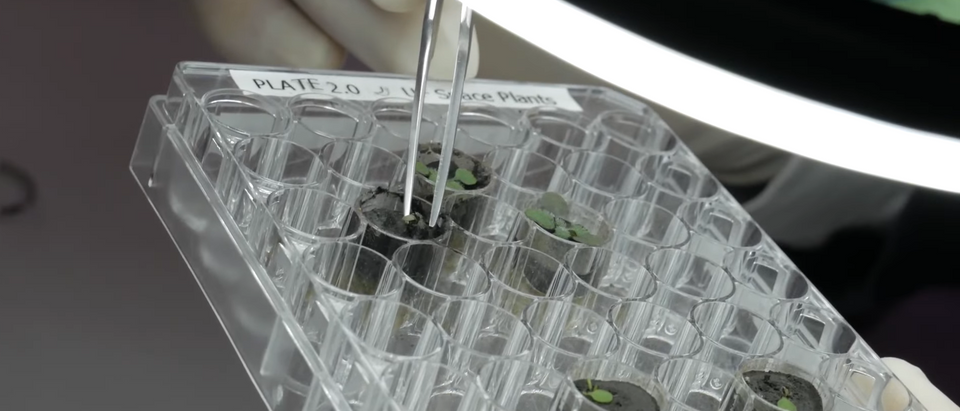Scientists at the University of Florida Institute of Food and Agricultural Sciences grew plants in lunar soil for the first time, laying the foundation for growing food on the moon.
A May 12 study published in the journal Communications Biology laid out the plant experiment process as well as future implications for lunar exploration and habitation.
Anna-Lisa Paul, research professor of horticultural sciences at the University of Florida Institute of Food and Agricultural Sciences, Rob Ferl, distinguished professor of horticultural sciences at the UF Institute of Food and Agricultural Sciences, and Stephen Elardo, UF assistant professor of geology undertook the experiment.
Paul, Ferl, and Elardo requested 4 grams of lunar material that was collected during the Apollo 17 mission from NASA but instead received 12 grams from three separate Apollo missions. NASA Apollo sample curator Ryan Zeigler thought this sampling would provide greater scientific value, according to CNN.
“That made a big difference in enabling us to take a deeper look into the science and the effects of lunar regolith on plants than we would have otherwise been able to do,” Paul said.
The first request for the lunar sample was made by the researchers 15 years ago, according to CNN. (RELATED: NASA Find Ingredients For Life On Two Ocean Worlds Beyond Earth)
For the first time ever, scientists have grown plants in lunar soil.
This @UF and @NASASpaceSci experiment using Apollo Moon samples could shape the future of sustainable astronaut missions to deep space. Dig into the story: https://t.co/ZtUvowKi8e pic.twitter.com/PWGzev7lmN
— NASA (@NASA) May 12, 2022
The researchers used plastic trays the size of thimbles as pots to grow the plants. Each tray was filled with a gram of lunar soil, added nutrients and water, and a few seeds of Arabidopsis thaliana, a terrestrial plant native to Eurasia and Africa.
Almost all of the seeds planted sprouted and began to grow. “We did not predict that,” Paul told CNN. “That told us that the lunar soils didn’t interrupt the hormones and signals involved in plant germination.”
Sharmila Bhattacharya, chief scientist for astrobionics at NASA, told CNN the results were “quite thrilling.” “That’s what’s so exciting about science; each new finding leads to more unique and transformative results down the road, which we can then use to help improve sustainability for our future space exploration missions!”
Co-author Ferl expressed similar sentiments saying the idea of bringing lunar soil into a lunar greenhouse is “the stuff of exploration dreams.”


